First time buyers get 20% off *
Flight of the Bumblebee
from the opera “The Tale of Tsar Saltan” (1900)
Nikolai Rimsky-Korsakov, (1844 – 1908)
SATB Saxophone Quartet
Flight of the Bumblebee from the opera “The Tale of Tsar Saltan by Rimsky-Korsakov, arranged for Saxophone Quartet SATB.
Flight of the Bumblebee is an orchestral interlude from the opera “The Tale of Tsar Saltan”. The opera premiered in 1900. It is not commonly performed today. A suite from the opera is sometimes played but it is the Flight of the Bumblebee that is well known and famous. Though it is quite short in length, it is wonderfully vivid and illustrative. The music evokes the chaotic, buzzing flight patterns of a bumblebee. It is a familiar classical work because of its frequent use in pop culture. This saxophone quartet arrangement captures all the bumbling and buzzing of the bee’s flight.
The Fairy Tale of the Tsar Saltan, his Son the Renowned and Mighty Paladin, the Prince Gvidon Saltanovich, and the Beautiful Swan Princess Lebed, to give the opera its full title, has an elaborate and fantastical plot. Flight of the Bumblebee comes at the end of the first scene of the third act when the Swan Princess (who also happens to be a magician) turns the Prince into a bumblebee so he can fly off and visit his father.
Many people believe Flight of the Bumblebee to be a very difficult workout for musicians. If you’re well practiced on chromatic scales and comfortable with alternate fingerings, it’s really not so difficult as it sounds. There is no need to tell your audience this fact. As for it being relentlessly fast, the tempo given in the original orchestra score is only (quarter note = 144).
The printed score is (5 pages) and SATB sax parts (2 pages each) are 8.5″ x 11″.
- The range for each saxophone part is shown below.
- Audio and score excerpts are available above.
Saxophone ranges for Flight of the Bumblebee

About the Composer
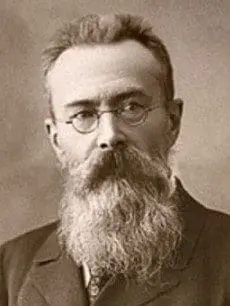 Nikolai Andreyevich Rimsky-Korsakov (18 March 1844 – 21 June 1908). Nikolai Rimsky-Korsakov was a Russian composer, editor, and teacher. He was a member of a group of composers known as “The Mighty Five”. He was a master of orchestration. His best-known orchestral compositions – Capriccio Espagnol, the Russian Easter Festival Overture, and the symphonic suite Scheherazade – are staples of the classical music repertoire, along with suites and excerpts from some of his 15 operas, such as Flight of the Bumblebee from “The Tale of Tsar Saltan”.
Nikolai Andreyevich Rimsky-Korsakov (18 March 1844 – 21 June 1908). Nikolai Rimsky-Korsakov was a Russian composer, editor, and teacher. He was a member of a group of composers known as “The Mighty Five”. He was a master of orchestration. His best-known orchestral compositions – Capriccio Espagnol, the Russian Easter Festival Overture, and the symphonic suite Scheherazade – are staples of the classical music repertoire, along with suites and excerpts from some of his 15 operas, such as Flight of the Bumblebee from “The Tale of Tsar Saltan”.
Rimsky-Korsakov is credited with developing a nationalistic style of classical music. This style used Russian folk song along with exotic harmonic, melodic, and rhythmic elements, and avoided traditional Western compositional methods. However, Rimsky-Korsakov appreciated Western musical techniques after he became a professor of musical composition, harmony and orchestration at the Saint Petersburg Conservatory in 1871. He undertook a rigorous three-year program of self-education and became a master of Western methods, incorporating them alongside the influences of Mikhail Glinka and fellow members of “The Five”. His techniques of composition and orchestration were further enriched by his exposure to the works of Richard Wagner.
Korsakov was criticized for editing his colleagues’ music, especially his editions of Mussorgsky’s Boris Godunov, but his aim was to make practical performing scores to help publicize them, and it was in his version that Boris became part of the international repertoire. Rimsky-Korsakov’s influence as a teacher extends throughout twentieth-century Russian music because many major figures—including Igor Stravinsky, Sergei Prokofiev, and Dmitri Shostakovich—were taught by him or one of his pupils.


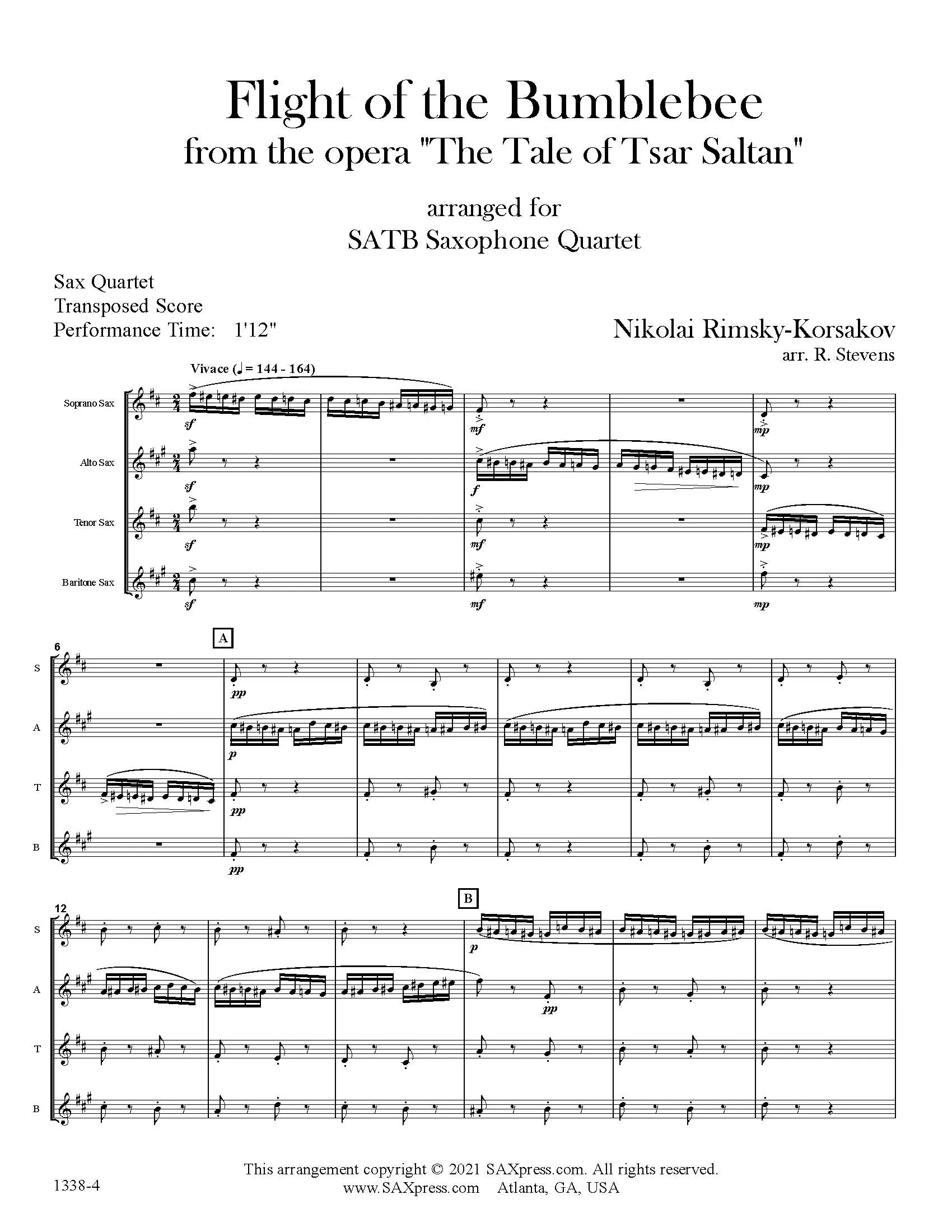
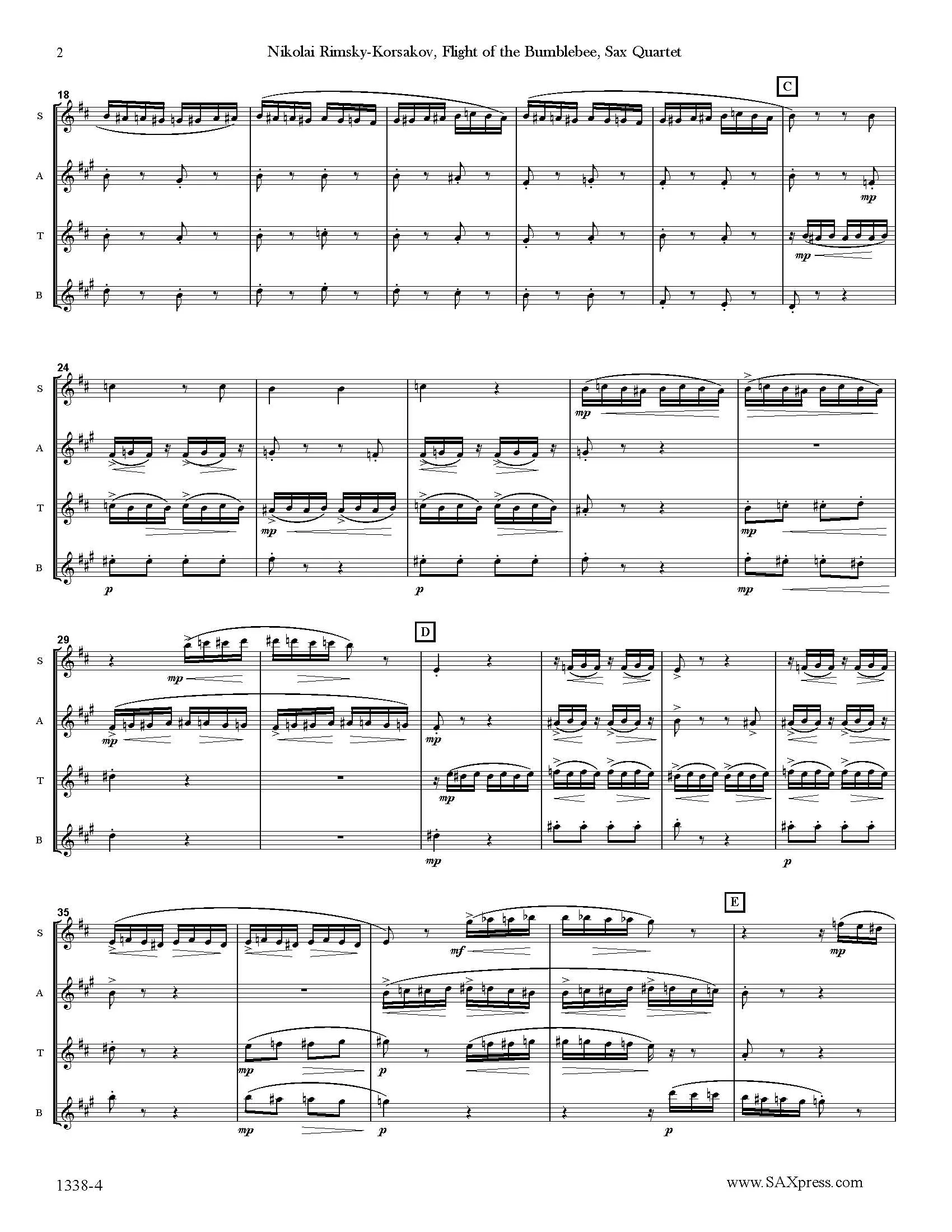

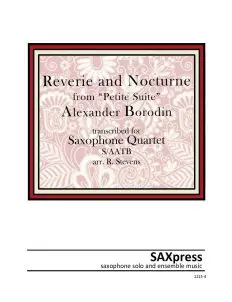
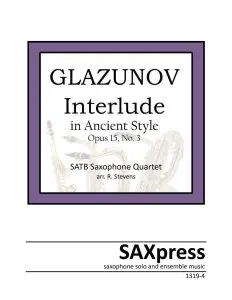

Reviews
There are no reviews yet.